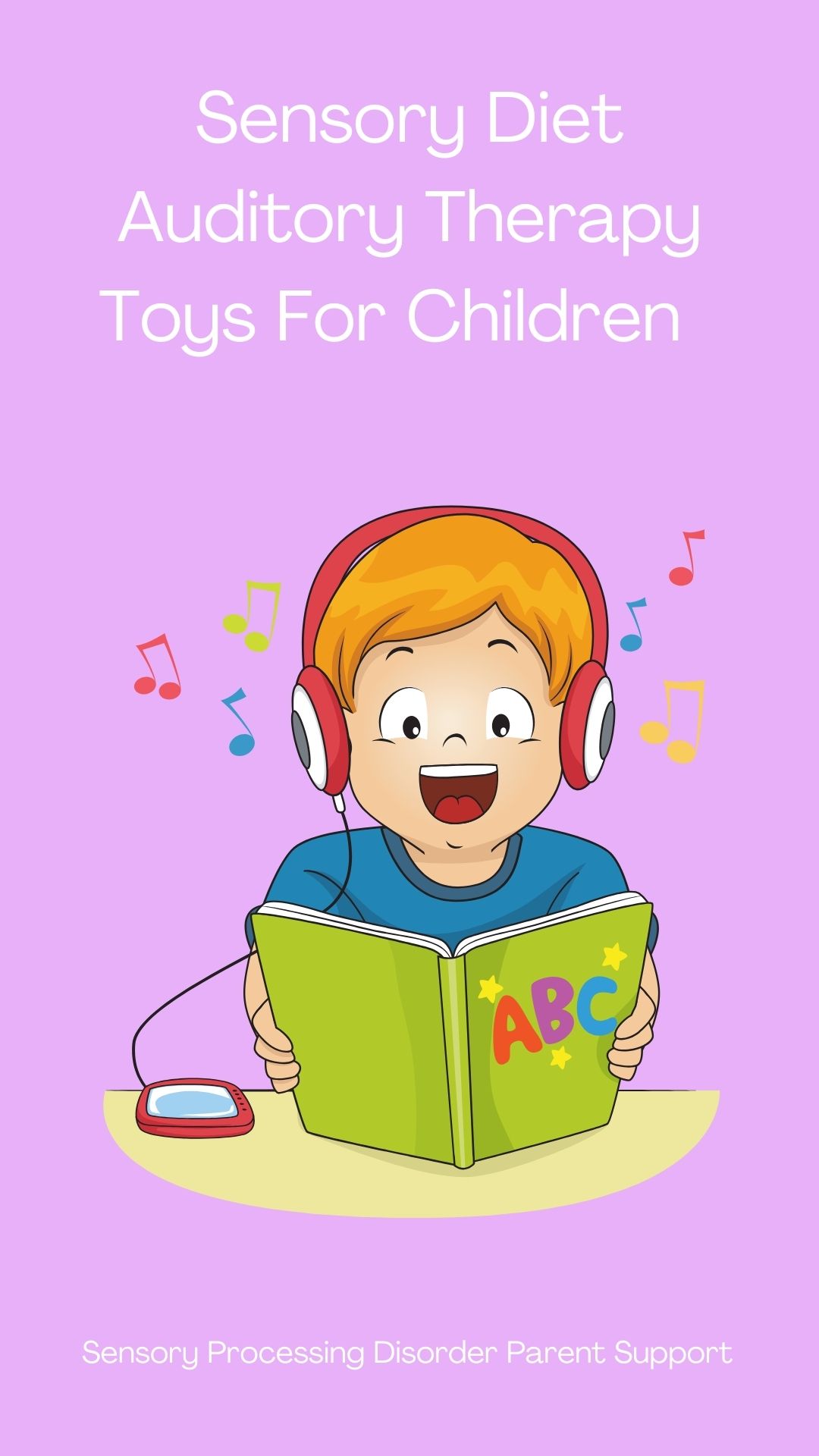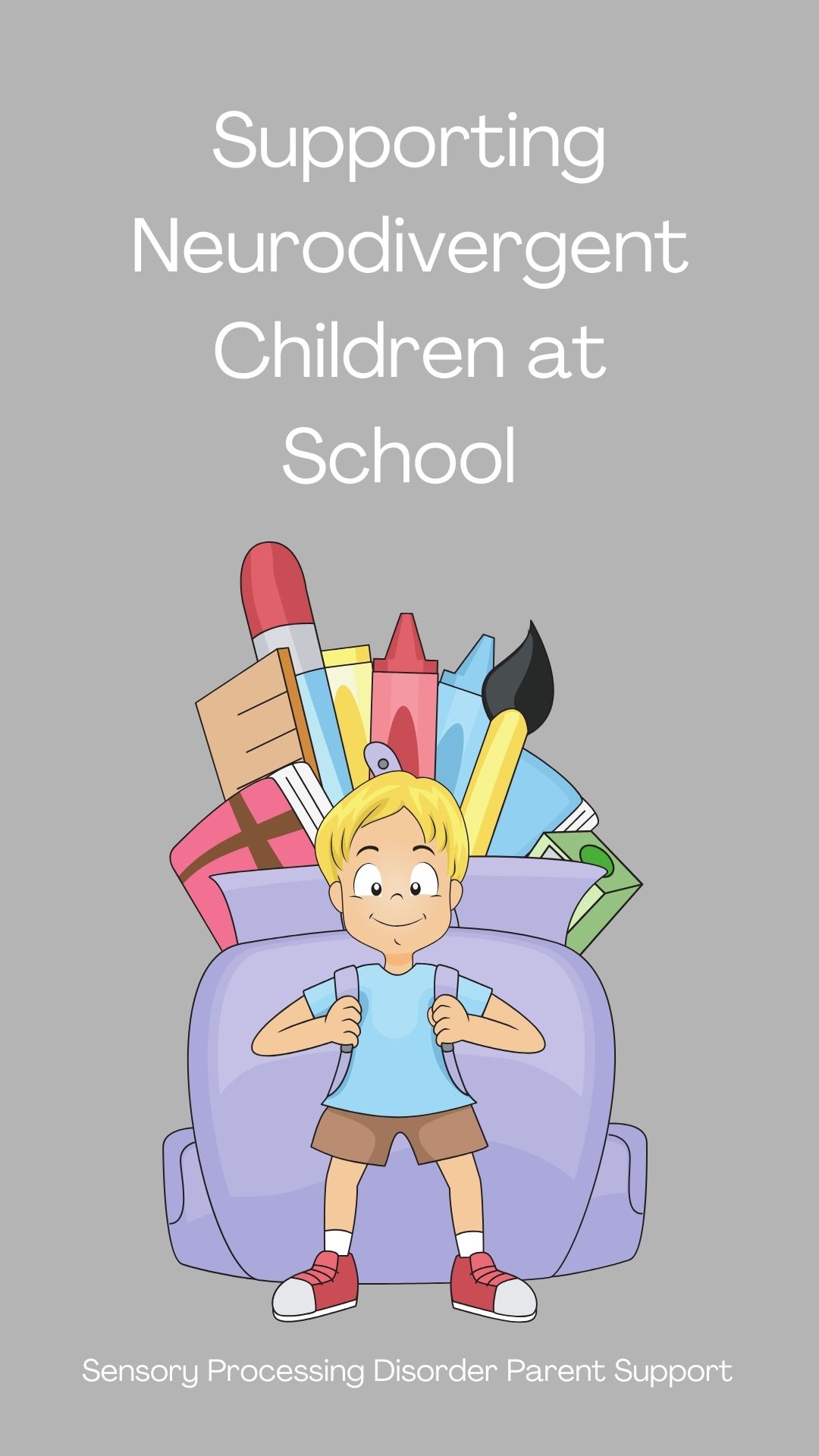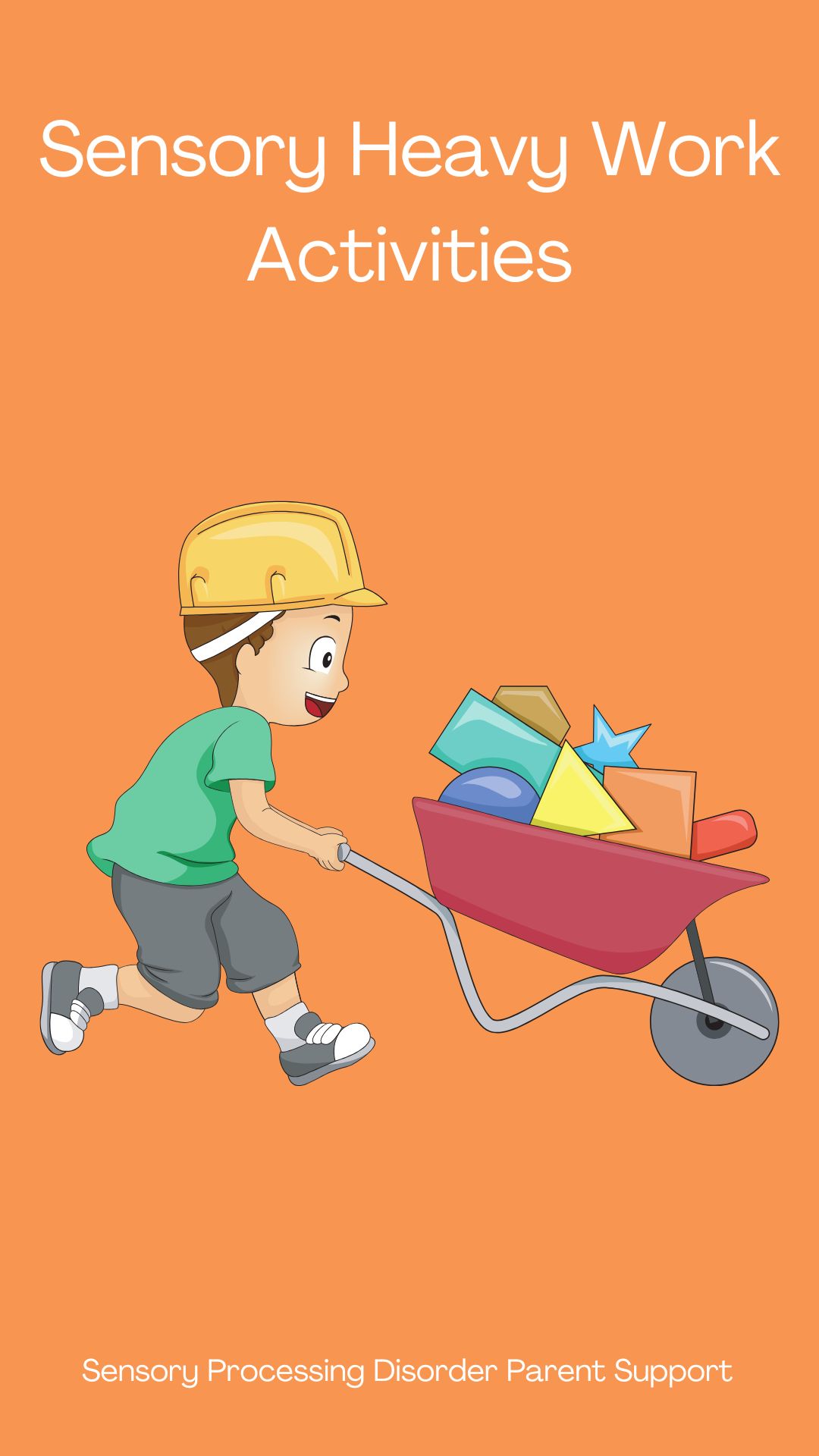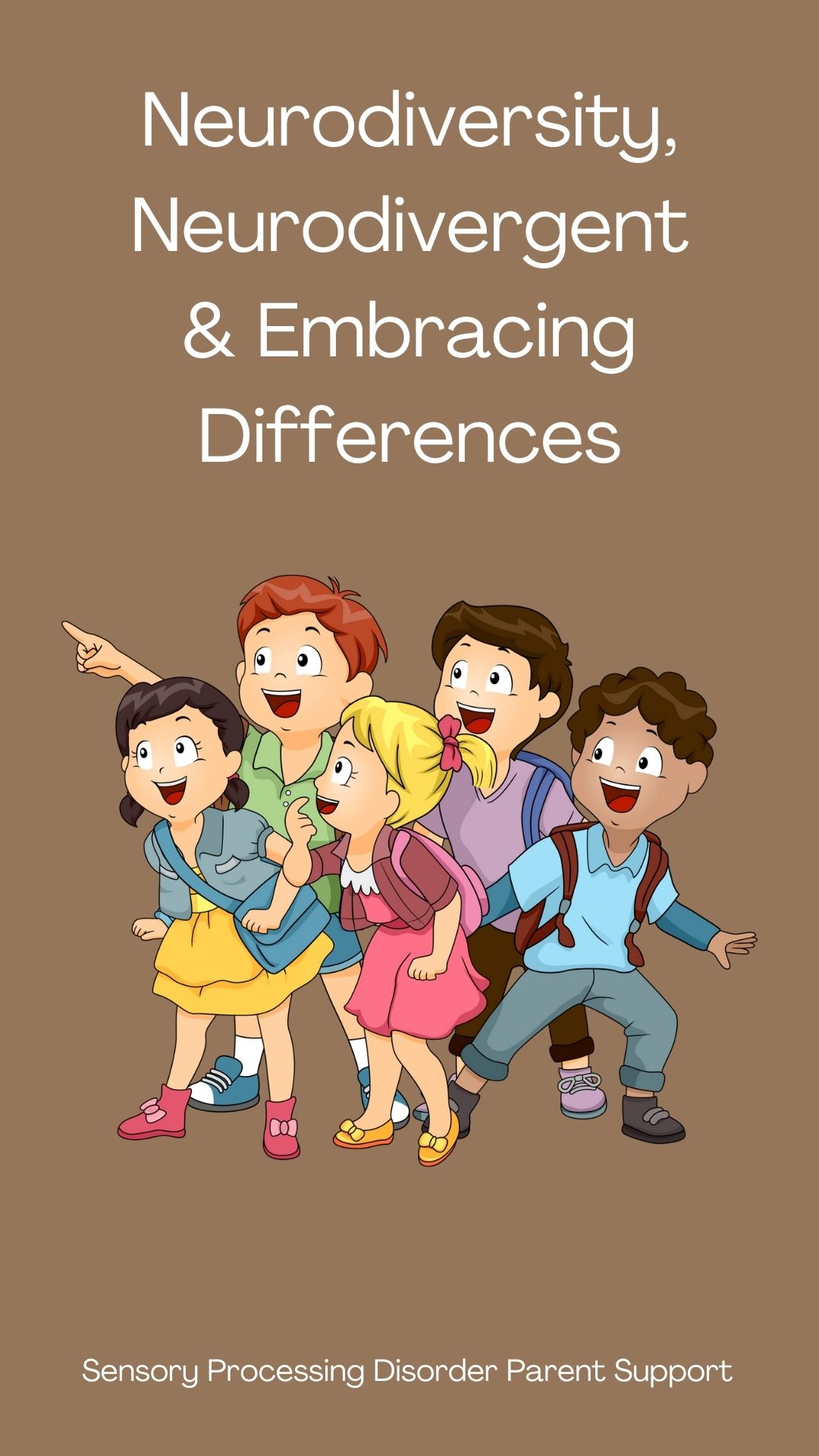
Sensory Processing Disorder Parent Support
Sensory Processing & Types of Stimming
Children with sensory differences ... painting the world beautiful.
Sensory Processing & Types of Stimming
Jeanette Loftus
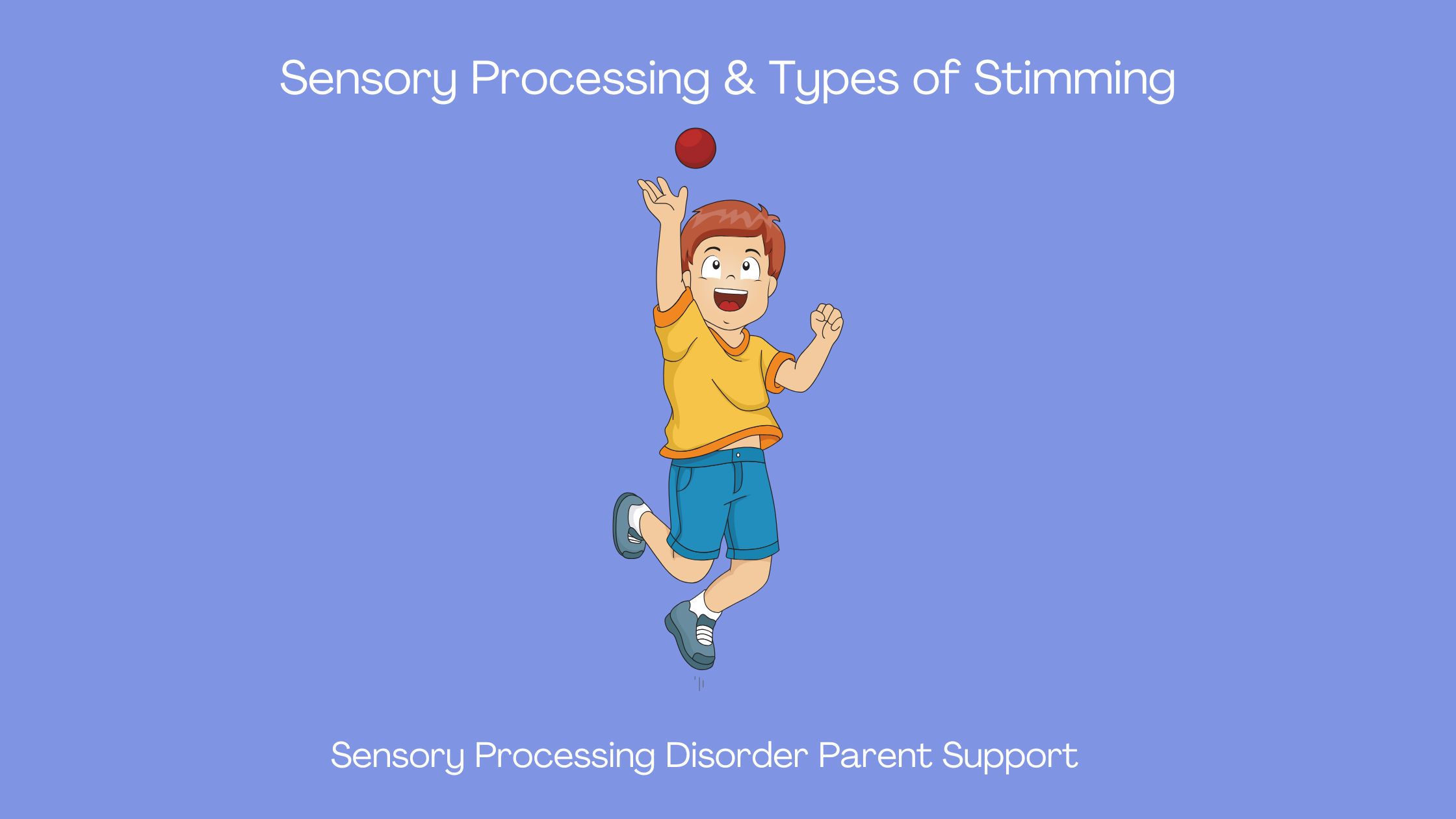
Stimming is short for self-stimulation and is a term used to describe repetitive body movements or sounds that children may do to feel calm, self soothe or stimulate themselves. It is common behavior among autistic children, adults and also individuals who have attention deficit hyperactivity disorder and sensory processing disorder.
Visual Stimming
- shaking toys
- lining up toys and other objects
- pushing toy trucks to watch wheels
- spinning wheels on toy cars
- watching ceiling fans
- staring at lights in the room
- opening or shutting drawers
- walking in patterns
- splashing or watching water
- running sand or beans through hands while watching them
- throwing or dropping toys
- ripping or shredding paper
- running in circles
- excessive drawing or coloring
- watching a yoyo over and over
- head shaking
- spinning and twirling
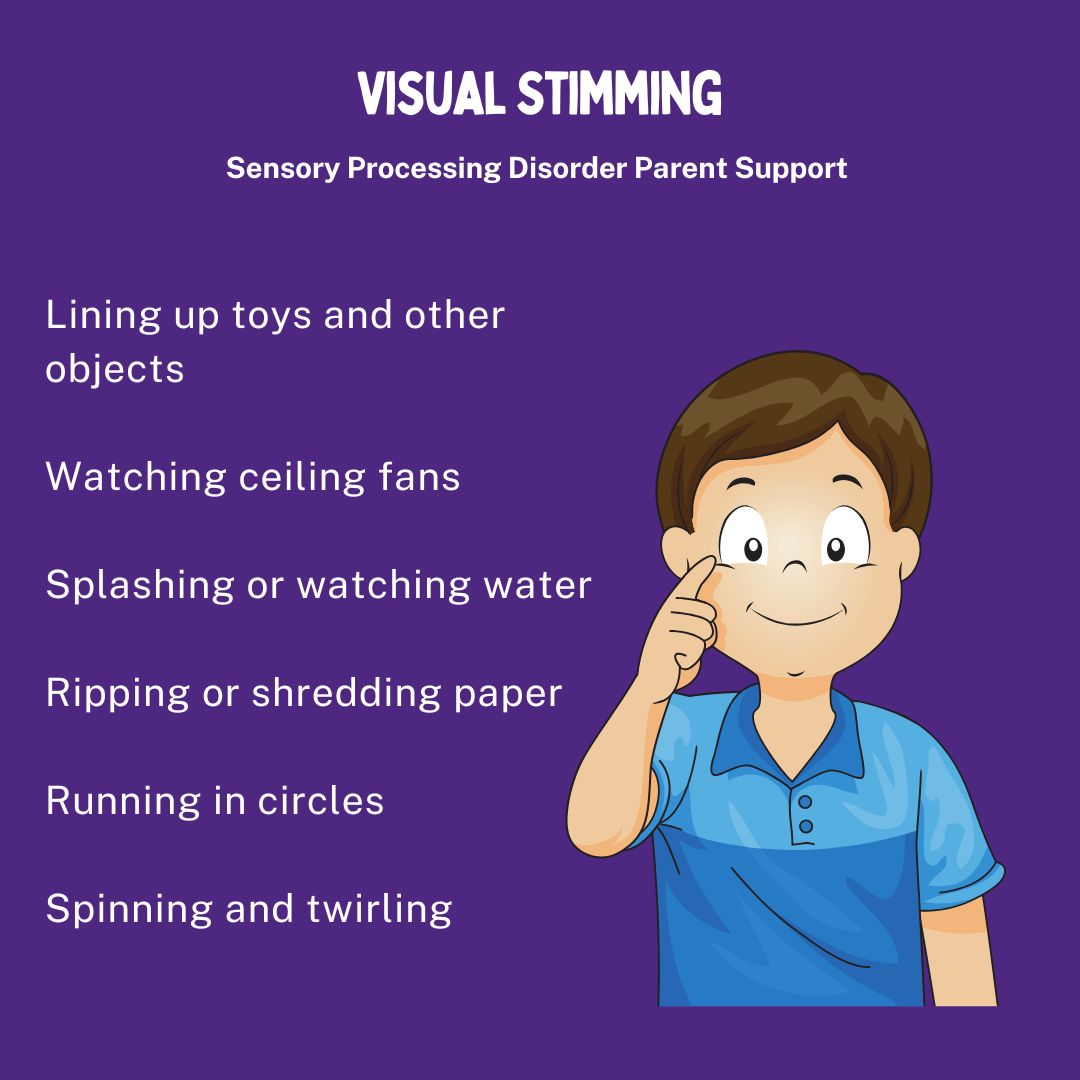
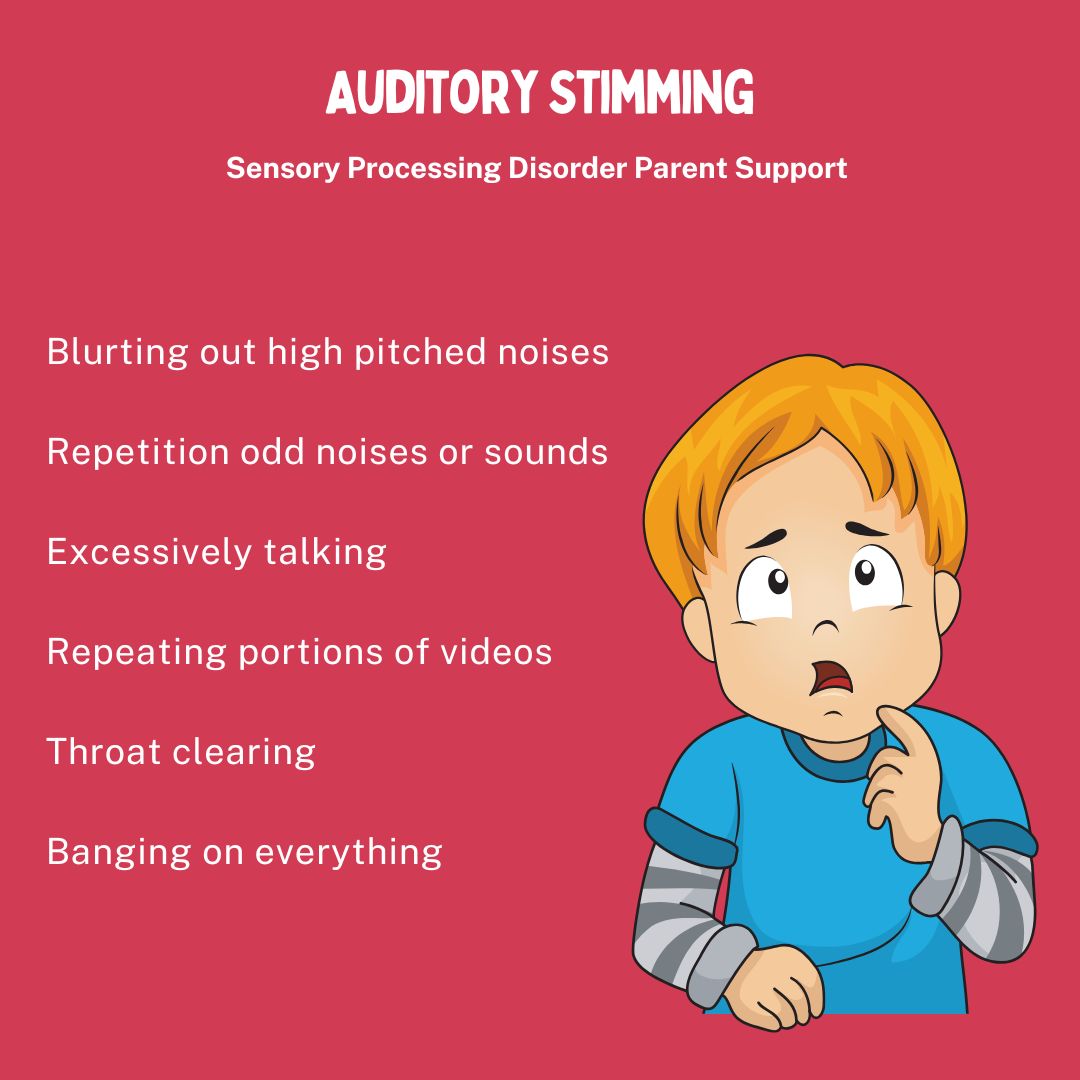
Auditory Stimming
- blurting out high pitched noises
- repetition odd noises or sounds
- excessively talking
- repeating portions of videos
- snorting
- throat clearing
- snapping fingers
- constantly singing
- reciting alphabet over and over
- banging on everything
- pounding toys or books
- excessive pretend play
- repeating the same T.V show
- tapping on ears or objects
- covering and uncovering ears
Vestibular Stimming
- spinning repeatedly
- swinging
- rocking side to side
- pacing back and forth
- jumping over and over
- bouncing repeatedly
- rocking back and forth
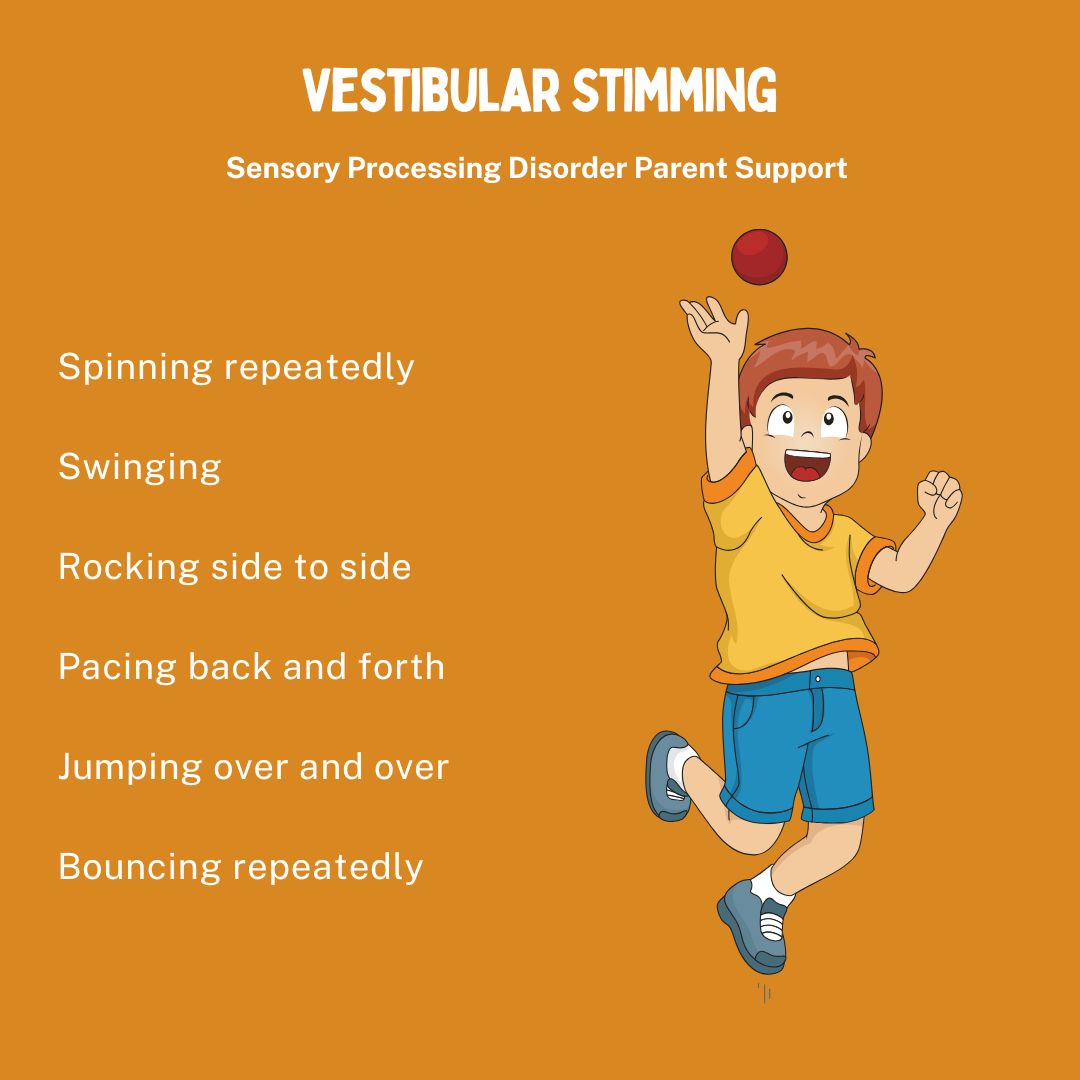
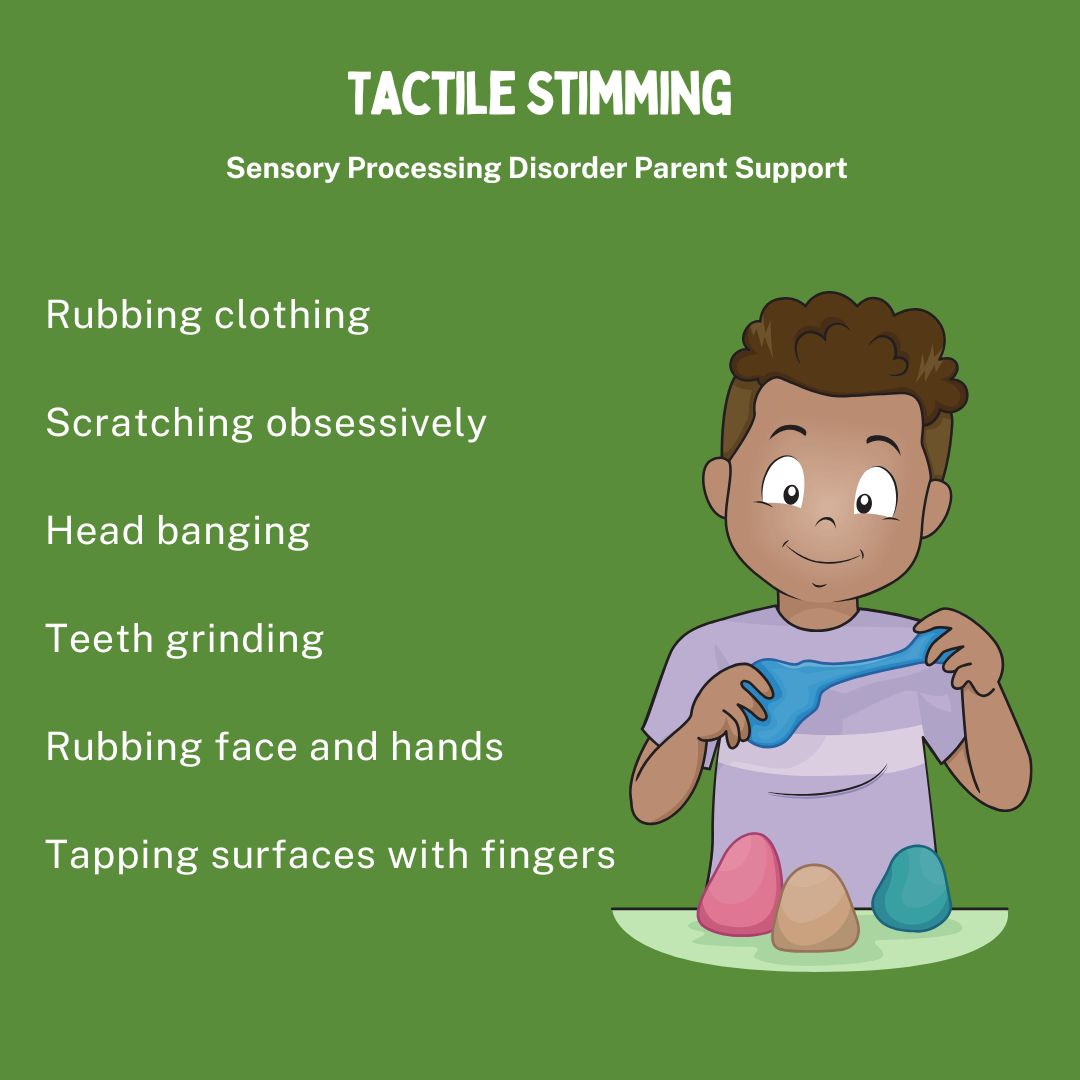
Tactile Stimming
- chewing on insides of cheeks
- chewing fingernails
- rubbing clothing
- scratching obsessively
- head banging
- teeth grinding
- spitting
- rubbing face and hands
- tapping surfaces with fingers
Resources For Parents
Griffin Occupational Therapy Sensory stimming explored - what is it and why does it occur? - GriffinOT
DISCLAIMER: I have learned a lot over the years but I am still learning. Always do your own research and exercise sound judgment. I am not an occupational therapist or a physician. I am an adult who has sensory processing disorder, a sensory parent and a Grandma. The information on this website is not medical advice and does not replace the information that your child's therapists or medical professionals give you. These are just ideas that I have learned myself over the years of being a parent and an adult living with SPD. If you are concerned for your child, please always seek medical attention through a family doctor, pediatrician or therapist. This website is for awareness purposes only. Each child is different and what works for one child may not for another because all children have different sensory needs. Please always consult with a medical professional. C lick on links throughout each page for more resources and information. Click here for more resources https://sensoryprocessingdisorderparentsupport.com/sensoryprocessingdisorderresources
Amazon offers a small commission on products sold through their affiliate links on my website. Each of your purchases through links on my website for Amazon affiliation links or sponsored links support me but no additional cost to you so thank you. I appreciate it so much! I am not responsible should you purchase anything from any links on this website.
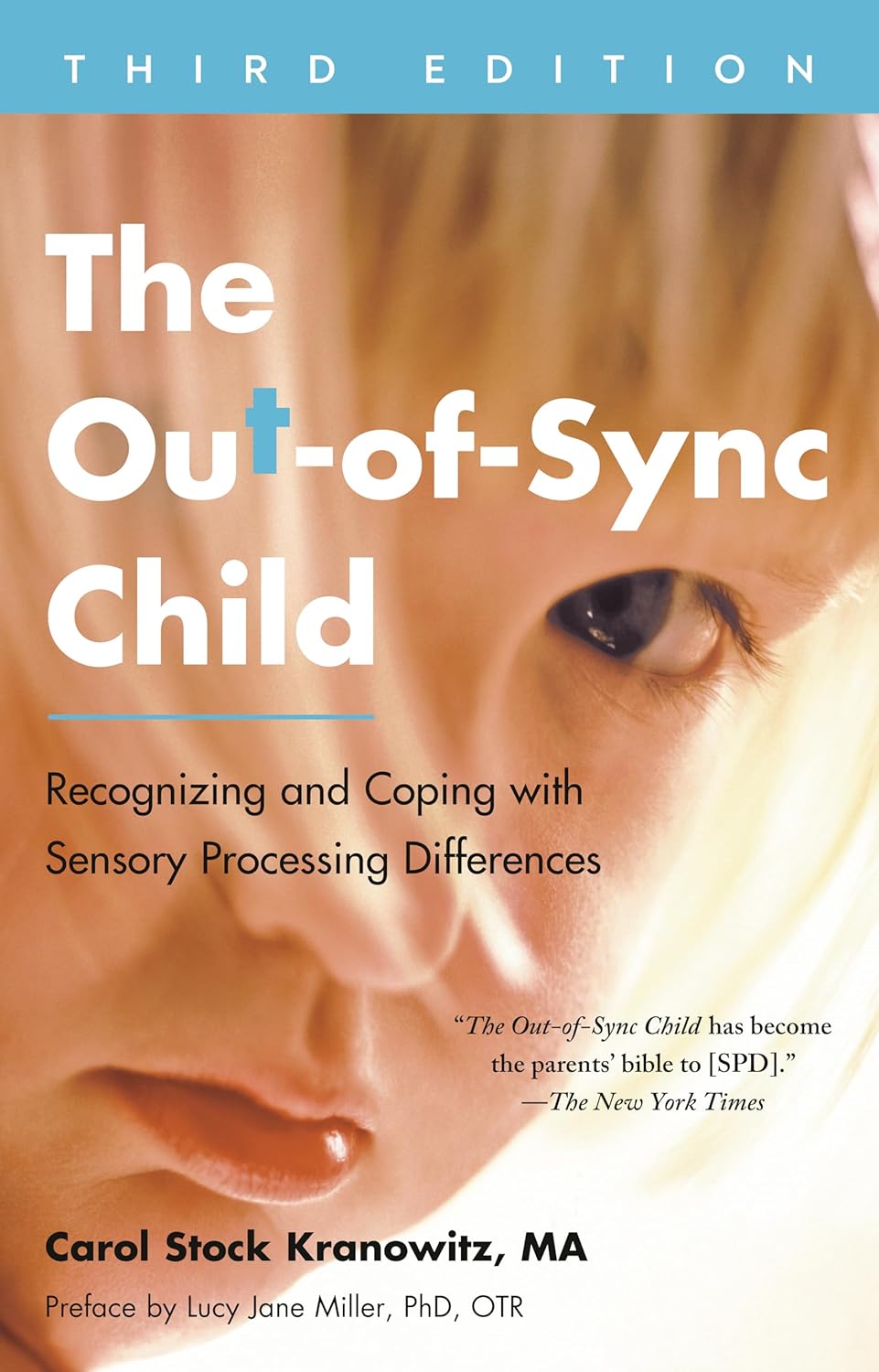
Amazon
The Out-of-Sync Child
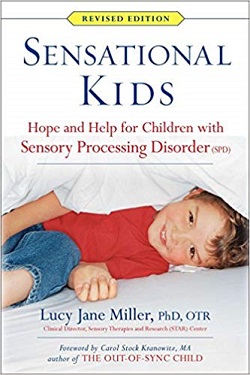
Amazon
Sensational Kids: Sensory Processing Disorder
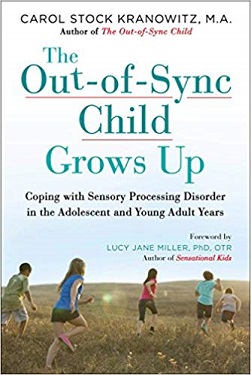
Amazon
The Out-of-Sync Child Grows Up
